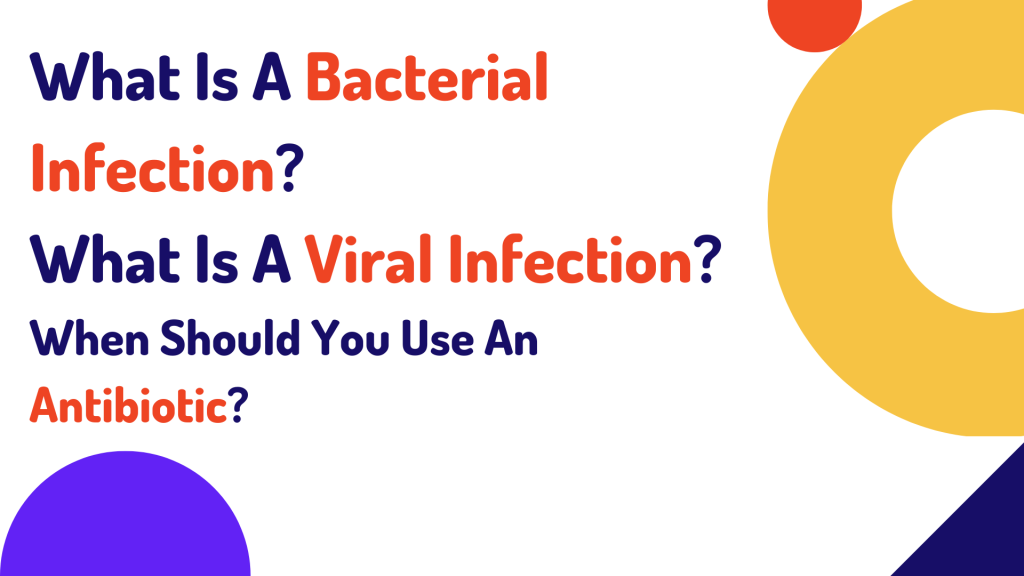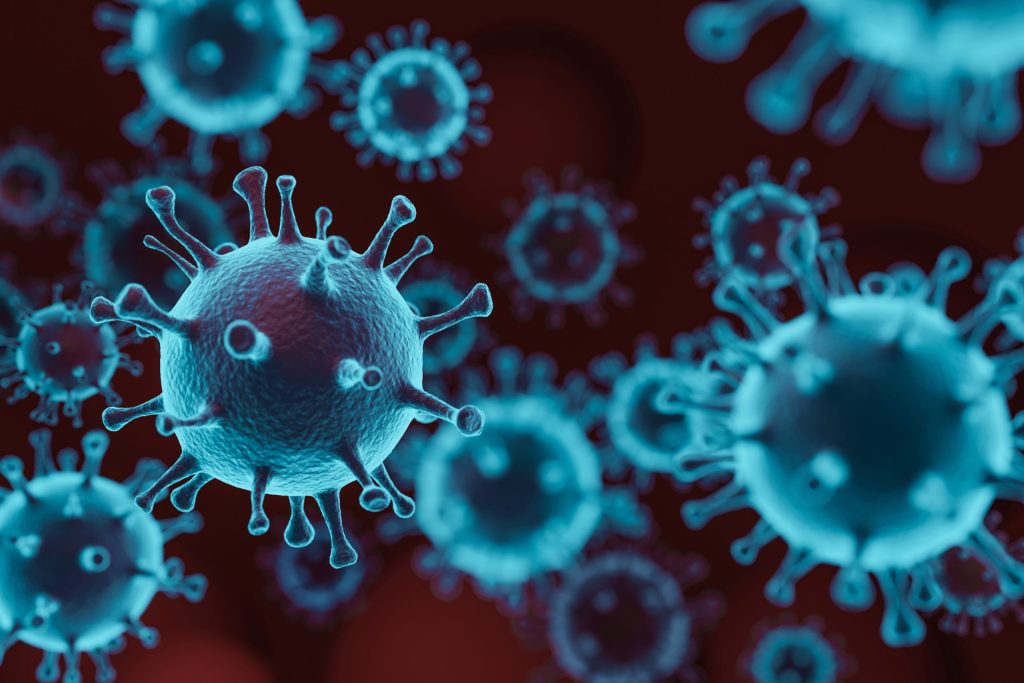Infections can cause a variety of symptoms and discomfort, and they can be caused by different types of microorganisms, such as bacteria and viruses. Understanding the difference between bacterial and viral infections is crucial for determining the most effective treatment, as using the wrong type of medication can result in ineffective treatment, unnecessary side effects, and the development of antibiotic resistance.
Antibiotics, in particular, are commonly used to treat bacterial infections but can be ineffective against viral infections.
In this article, I discuss the characteristics of bacterial and viral infections, the signs and symptoms, and the appropriate use of antibiotics.
By understanding these concepts, you can help protect yourself and others from unnecessary harm caused by the misuse of antibiotics and receive appropriate care when you need it.
What is a bacterial infection?
A bacterial infection is a type of infection caused by harmful bacteria that invade and multiply within the body. Bacteria are single-celled microorganisms that can cause a wide range of infections in humans.
Bacterial infections can be caused by many different types of bacteria, including Streptococcus, Staphylococcus, Escherichia coli (E. coli), Salmonella, and many others. These bacteria can enter the body through various means, such as through cuts and wounds, inhalation of contaminated air or water, or ingestion of contaminated food or water.
The symptoms of bacterial infections can vary depending on the location of the infection and the type of bacteria causing the infection. Common symptoms of bacterial infections include:
- Fever
- Chills
- Fatigue
- Body aches
- Swelling or redness at the site of infection
- Pain or discomfort in the affected area
- Nausea or vomiting
- Diarrhea
- Coughing or difficulty breathing
In some cases, bacterial infections can lead to more serious complications, such as sepsis, which is a life-threatening condition that occurs when the body’s immune system overreacts to an infection and causes widespread inflammation throughout the body.
If you suspect that you have a bacterial infection, it’s important to seek medical attention right away. A healthcare provider can diagnose and treat the infection with appropriate medications, such as antibiotics, and provide supportive care to manage symptoms and prevent complications.
A viral infection is an illness caused by a virus, which is a tiny infectious agent that can replicate inside the cells of living organisms. There are many different types of viruses that can cause a variety of viral infections, ranging from mild illnesses like the common cold to more severe diseases like HIV, hepatitis, and COVID-19.
Viruses can infect different parts of the body, including the respiratory tract, digestive system, skin, and nervous system. The symptoms of a viral infection can vary depending on the type of virus and the part of the body that is affected. Some common symptoms of viral infections include:
- Fever
- Fatigue
- Headache
- Muscle aches and pains
- Sore throat
- Coughing and sneezing
- Runny or stuffy nose
- Diarrhea
- Rash
- Swelling of the lymph nodes
Viral infections can be caused by a number of factors, including:
- Contact with infected bodily fluids, such as blood or saliva
- Inhaling droplets from an infected person’s cough or sneeze
- Touching surfaces contaminated with the virus and then touching your mouth, nose, or eyes
- Sexual contact with an infected person
- Mother-to-child transmission during pregnancy, childbirth, or breastfeeding
The best way to prevent viral infections is to practice good hygiene, such as washing your hands regularly, avoiding close contact with sick people, and covering your mouth and nose when you cough or sneeze. Vaccines are also available for many viral infections, such as influenza, measles, and HPV, which can help protect you from getting infected in the first place.
When Should You Use Antibiotics?
Antibiotics are typically used for bacterial infections and not viral infections. The reason for this is because antibiotics are designed to target and kill bacteria, which are living organisms that can be destroyed by antibiotics.
Viruses, on the other hand, are not living organisms and cannot be killed by antibiotics. They require different types of treatments, such as antiviral medications, which work by inhibiting the ability of the virus to replicate or by boosting the immune system’s ability to fight the infection.
It’s important to note that the overuse and misuse of antibiotics can lead to antibiotic resistance, which is a serious public health concern.
When antibiotics are used unnecessarily or inappropriately, bacteria can become resistant to them, making infections more difficult to treat. Therefore, it’s essential to use antibiotics only when they are necessary and prescribed by a healthcare provider.








Leave a Reply